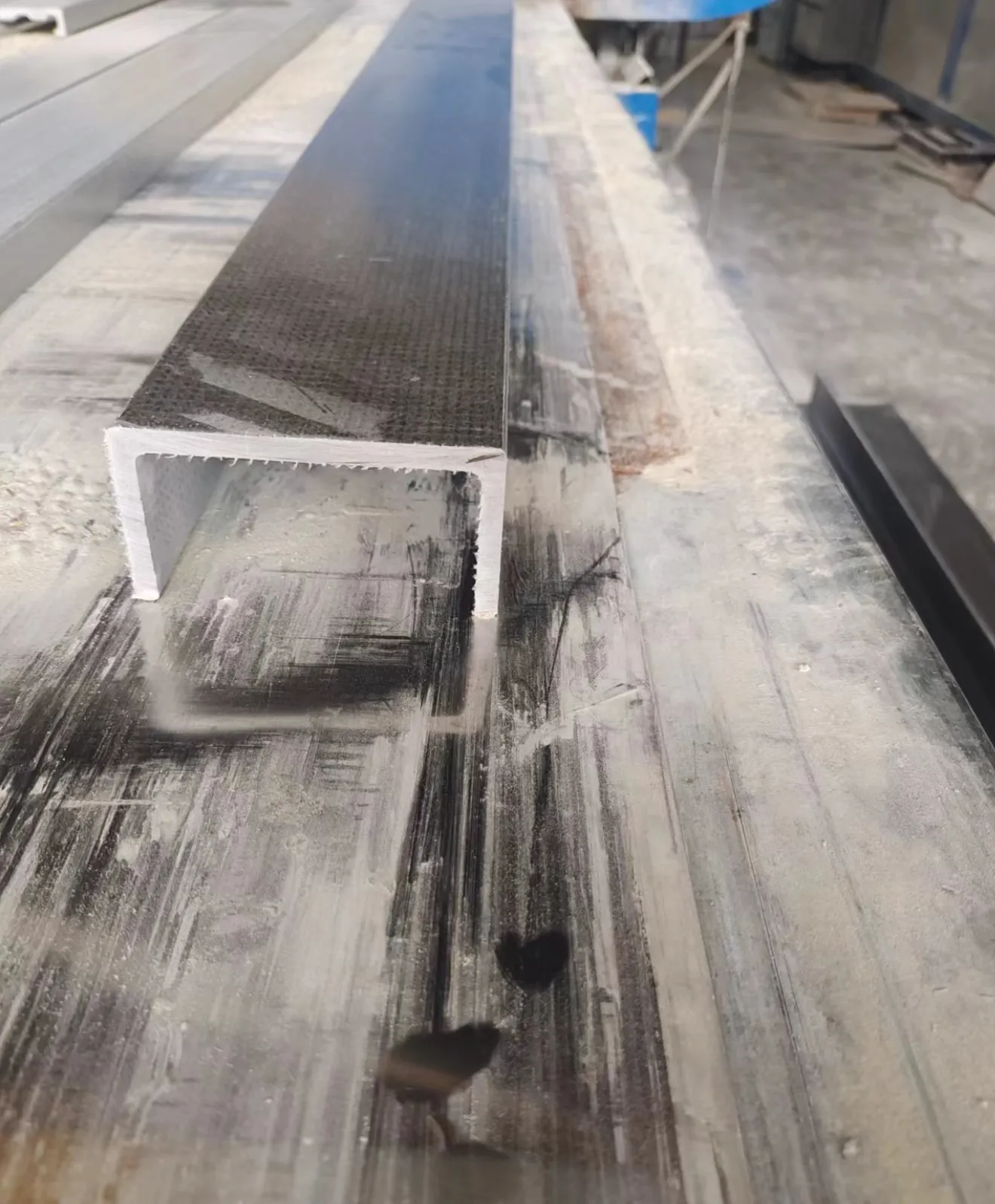loading...
- No. 9, Xingyuan South Street, Dongwaihuan Road, Zaoqiang County, Hengshui, Hebei, China
- admin@zjcomposites.com
- +86 15097380338
- Welcome to visit our website!
frp channel
Understanding FRP Channels A Modern Solution for Today's Needs
As the world continues to evolve technologically and environmentally, innovative materials are more important than ever. One such innovation is the use of Fiberglass Reinforced Plastic (FRP) channels. These materials have gained significant attention in various industries due to their unique properties and versatile applications.
What is FRP?
FRP, or Fiberglass Reinforced Plastic, is a composite material made of a polymer matrix reinforced with fibers, typically glass fibers. This combination yields a lightweight yet incredibly strong product that can withstand various environmental conditions. FRP channels are specifically designed profiles that serve as structural components in constructions, infrastructures, and various equipment.
Advantages of FRP Channels
1. Corrosion Resistance One of the most significant benefits of FRP channels is their resistance to corrosion. Unlike traditional materials such as steel or aluminum, FRP does not rust, making it ideal for applications in harsh environments. This feature is particularly valuable in industries like chemical processing, water treatment, and marine construction, where exposure to corrosive elements is common.
2. Lightweight Nature FRP channels are much lighter than their metal counterparts. This property facilitates easier handling, transport, and installation, reducing labor costs and improving safety on construction sites. The light weight also allows for the design of more efficient structures with reduced load-bearing requirements.
3. Durability and Strength Despite being lightweight, FRP channels exhibit impressive strength and durability. They can withstand heavy loads and harsh weather conditions, making them suitable for various structural applications, ranging from bridges to industrial flooring systems.
4. Insulating Properties FRP channels possess excellent insulating properties. They can help in minimizing electrical conductivity, making them safer for electrical applications. Additionally, they offer good thermal insulation, contributing to energy efficiency in buildings.
frp channel

5. Design Flexibility The versatility of FRP allows it to be molded into different shapes and sizes to meet specific project requirements. This adaptability can lead to innovative design solutions that other materials may not accommodate.
Applications of FRP Channels
The applications of FRP channels span across various sectors, making them a phenomenally versatile choice.
- Construction In the construction industry, FRP channels are used in building frameworks, support beams, and roofing systems. Their resistance to environmental wear makes them a popular choice for outdoor structures.
- Water Management FRP channels are commonly employed in water treatment facilities and sewage systems due to their corrosion resistance and durability. They are used for constructing piping systems, channels, and tanks.
- Transportation Highways and railway systems benefit from FRP channels because of their lightweight properties combined with the ability to handle significant load stress. They are increasingly being adopted for bridge construction and road support systems.
- Aerospace and Automotive The lightweight nature of FRP makes it a desirable material in the aerospace and automotive industries. Components made from FRP channels can improve fuel efficiency while maintaining strength and safety.
Conclusion
In conclusion, FRP channels represent a modern solution that meets the demanding needs of various sectors in today's world. Their unique combination of lightweight, strength, corrosion resistance, and flexibility makes them an exceptional choice for engineers and designers working across multiple industries. As technology continues to advance and the need for sustainable solutions grows, the use of materials like FRP will likely become more prevalent, paving the way for improved designs and construction practices. The future looks bright for FRP channels, and their role as a key material in modern construction and infrastructure is just beginning to unfold.
-
The Rise of FRP Profiles: Strong, Lightweight, and Built to LastNewsJul.14,2025
-
SMC Panel Tanks: A Modern Water Storage Solution for All EnvironmentsNewsJul.14,2025
-
GRP Grating: A Modern Solution for Safe and Durable Access SystemsNewsJul.14,2025
-
Galvanized Steel Water Tanks: Durable, Reliable, and Ready for UseNewsJul.14,2025
-
FRP Mini Mesh Grating: The Safer, Smarter Flooring SolutionNewsJul.14,2025
-
Exploring FRP Vessels: Durable Solutions for Modern Fluid HandlingNewsJul.14,2025
-
GRP Structures: The Future of Lightweight, High-Performance EngineeringNewsJun.20,2025
